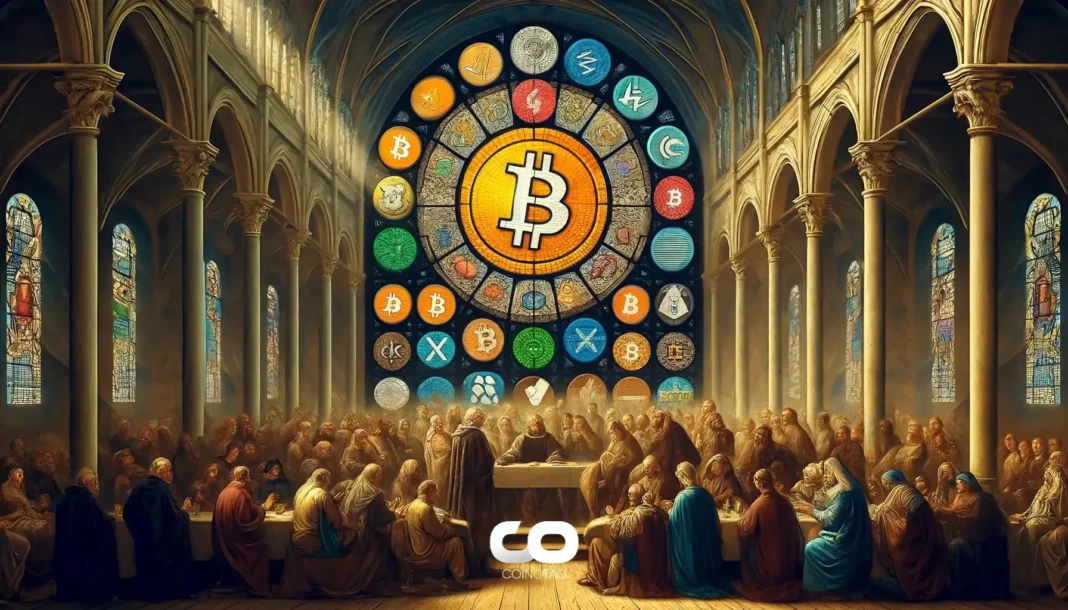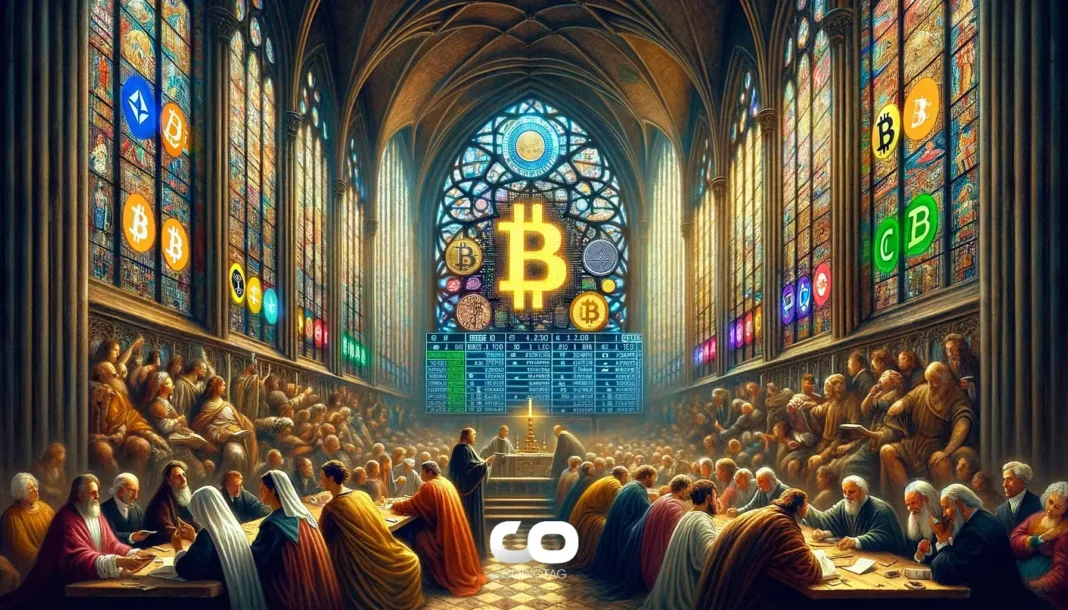-
Today marks a significant moment for crypto enthusiasts as they celebrate Satoshi Nakamoto’s purported 50th birthday, highlighting the enduring legacy of Bitcoin.
-
April 5, 1975, the date associated with Nakamoto, coincides with a pivotal moment in monetary history, symbolizing the struggles for financial freedom.
-
As noted in COINOTAG, “The alignment of Satoshi’s birth date with a significant event in the history of monetary policy adds layers of intrigue to his identity.”
Join crypto enthusiasts in celebrating Satoshi Nakamoto’s symbolic 50th birthday, marking a pivotal moment in monetary history and the legacy of Bitcoin.
The Significance of April 5: A Date Steeped in Monetary History
The date April 5 holds a weighty significance in the world of digital currencies and monetary policy. It marks not only the celebration of Satoshi Nakamoto’s *birth* but also a memorialization of Executive Order 6102, signed on April 5, 1933, by President Franklin D. Roosevelt. This order mandated that U.S. citizens surrender gold coins, bullion, and gold certificates, effectively curtailing citizens’ direct access to hard money. The implications of this order catalyzed movements advocating for monetary freedom, establishing a historical context that resonates with Bitcoin’s mission of decentralization and financial sovereignty.
The Legacy of Gold and the Birth of Bitcoin
Understanding Nakamoto’s choice of birth date requires delving into the historical interactions between citizens and their monetary systems. The confiscation of gold highlighted the vulnerability of centralized financial institutions and underscored the need for *alternative systems*—a sentiment that dovetails perfectly with Bitcoin’s inception. Released in late 2008, Nakamoto’s white paper emphasized the concept of a decentralized P2P network designed to remedy traditional finance’s shortcomings, notably the *double-spending problem*. The direct transition from the gold confiscation narrative to the creation of Bitcoin symbolizes an awakening among enthusiasts who seek to reclaim control over their currencies.
Bitcoin: A Modern Symbol of Monetary Freedom
The Bitcoin community has embraced Nakamoto’s suggested date of birth as not just a personal milestone but as an annual reminder of the ideological battles fought for monetary freedom throughout history. This symbolic act signifies the community’s unwavering dedication to principles that advocate financial independence against oppressive monetary policies. Each year, enthusiasts host events and discussions, reflecting on the cryptographic revolution that Bitcoin represents—one where individuals can manage their wealth without the interference of centralized authorities.
Reflecting on Satoshi’s Vision: The Untouched Wallets
A curious element of Nakamoto’s profile is the Bitcoin wallets associated with him, which reportedly contain between 600,000 to 1 million BTC, a staggering valuation that remains untouched since his disappearance. The continued inaccessibility of these coins raises questions about Satoshi’s ultimate goals and intentions. Did he foresee the exponential value of Bitcoin and choose to prioritize its decentralized principles over personal wealth? This ongoing mystery contributes to Nakamoto’s legendary status within the crypto space, as enthusiasts speculate on the motivations behind the decision to remain anonymous.
Conclusion
As the crypto community gathers to celebrate Satoshi Nakamoto’s symbolic 50th birthday, it is essential to reflect on the lasting impact of his contributions to finance and technology. The narratives surrounding monetary freedom and decentralization continue to fuel discussions and innovations within the blockchain ecosystem. The observance of this day not only honors Nakamoto’s legacy but also serves as a collective reminder of the ongoing journey towards a fairer, more equitable financial future. In an era of increasing scrutiny over centralized banking practices, the tenets of Nakamoto’s creation remain ever poignant, urging individuals to embrace the principles of financial autonomy and crypto innovation.






